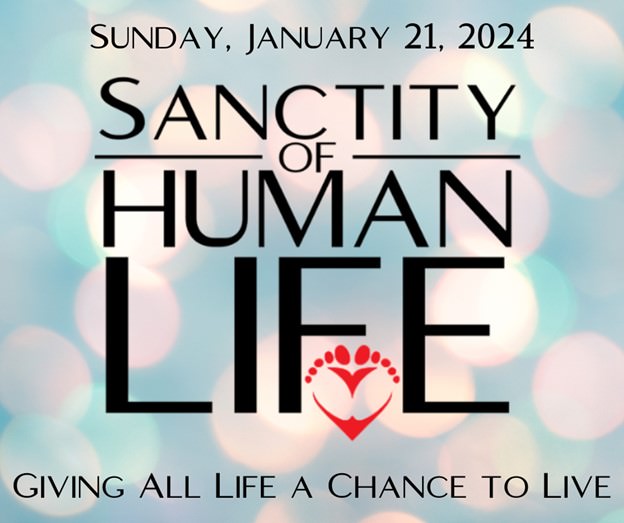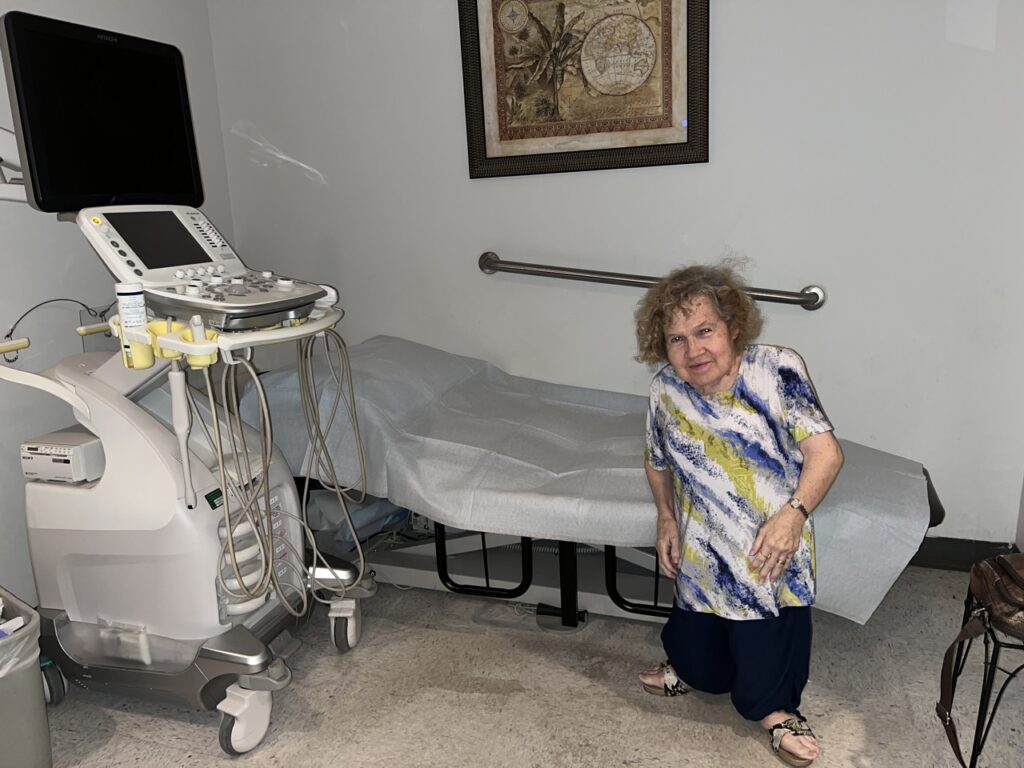
February 14th is for sharing the love of books and reading and, of course, for sharing love with your valentine. It’s hard to miss Valentine’s Day, but how did I miss International Book Giving Day? It’s been active since 2012 and is celebrated in 44 countries, including the United States. Whatever the reason for missing it in the past, now I know to use it to increase access to and enthusiasm for books.
As a child, my siblings and I didn’t go to bed with square eyes from watching too much television, rather we went to bed with a book to read. Little did we know how much this contributed to our language development, critical thinking ability, social cues, emotional intelligence, and imagination. When Amy Broadmoore, the United Kingdom co-founder of Book Giving Day, noticed how many children didn’t have books to read, she made it a goal to get as many new, used, and borrowed books into the hands of children as possible.
Want to subscribe to receive blog updates sign up today!
So how do people celebrate Book Giving Day? Here’s a list of ideas:
- Gift a Book: Select a new or gently used book that you love or think someone else would enjoy. Give it to a friend, family member, coworker, or child in your community. To gift books on dwarfism, check out my website for ideas:
- Recent Books Authored By Little People. https://angelamuirvanetten.com/resources/
- Children’s Books on Dwarfism. https://angelamuirvanetten.com/resources/
- Dwarfism Memoir Trilogy by Angela Muir Van Etten. https://angelamuirvanetten.com/books/
2. Donate Books: Local libraries, schools, shelters, foster homes, orphanages, thrift stores, or community centers are typically ready to accept book donations. You can also donate to non-profit organizations that focus on sharing books with people without access to them, such as: Books for Africa, Book Aid International, the Book Bus, the Prison Book Program, and Kids Need to Read.
3. Organize a Book Drive: Gather books from your community and organize a book drive. Encourage others to contribute, and then distribute the collected books to those in need.
4. Leave a book somewhere: You may “accidentally” leave a book in a doctor’s office waiting room, on public transit, and other places for someone else to pick up and read. You can inscribe the book on the first page to show whoever picks up the book it’s theirs to read and pass on to the next person.
5. Organize or join a book exchange program (for children or adults): It’s not only about handing out books; you can also trade them. See for example, Bookmooch which allows people to receive used books in exchange for donating their own books.
As for me, I commit to gifting one of the books in my dwarfism memoir trilogy (winners choice as to which one) to the first person who emails me this week at angela@angelamuirvanetten.com to report celebrating Book Gifting Day in one of the five ways listed above.
Photo credit: Image by GraphicMama-team. https://pixabay.com/vectors/book-character-glasses-show-1773756/
You may also want to read blog posts about books by Angela Muir Van Etten:
- “Dwarfism Memoir Trilogy Punctuated with Triple Threads.” August 7, 2023. https://angelamuirvanetten.com/dwarfism-memoir-trilogy/
- “Dwarfs Don’t Live in Doll Houses: 35-Year Anniversary.” April 10, 2023. https://angelamuirvanetten.com/dwarfs-dont-live-in-doll-houses-35-year-anniversary/
- “Popular Children’s Books on Dwarfism.” April 3, 2023. https://angelamuirvanetten.com/childrens-books-on-dwarfism/
- “Read and Change Your Life for the Better.” September 5, 2022. https://angelamuirvanetten.com/read-and-change-your-life-for-the-better/
- “Celebrate Authors with Dwarfism on World Book Day.” April 18, 2022. https://angelamuirvanetten.com/celebrate-authors-with-dwarfism-on-world-book-day/
- “Ask the Author.” August 1, 2022. https://angelamuirvanetten.com/ask-the-author/
- “Inclusion via Audiobooks.” March 14, 2022. https://angelamuirvanetten.com/inclusion-via-audiobooks/
- “National Author’s Day.” November 1, 2021. https://angelamuirvanetten.com/national-authors-day/
- “Ask the Author About Always an Advocate.” August 2, 2021. https://angelamuirvanetten.com/ask-the-author-about-always-an-advocate/
- “Pass Me Your Shoes” Book Launches In Dwarfism Awareness Month.” October 5, 2020. https://angelamuirvanetten.com/pass-me-your-shoes-book-launches-in-dwarfism-awareness-month-dam/










